With new feed ingredients emerging in the aquaculture feed sector, IFFO review provides ‘sobering assessments’ in the search for new protein sources
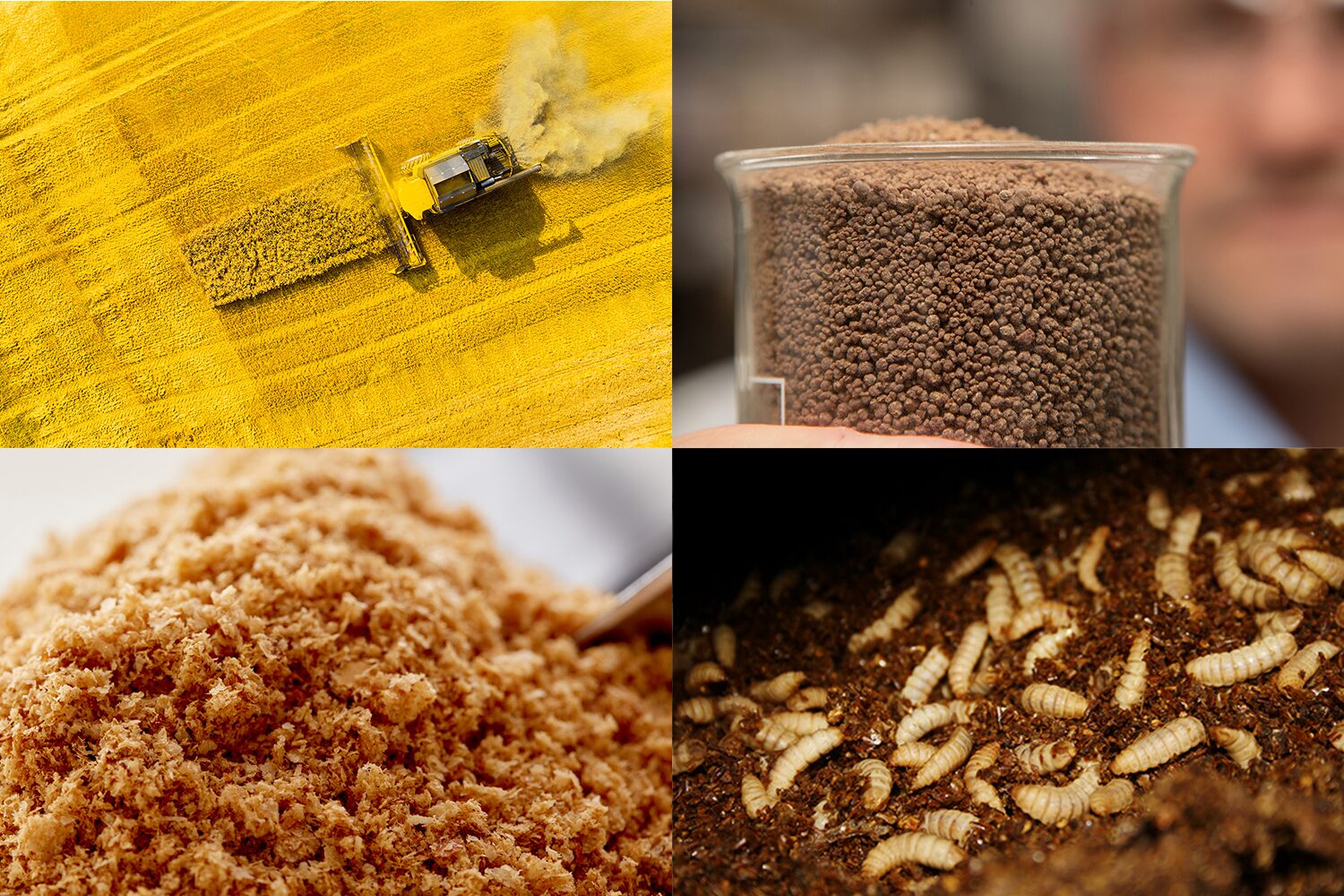
A new study says the aquaculture industry is getting better at using diverse protein ingredients, but still needs to figure out how to scale up new resources to meaningful volumes. The review suggests opportunities for complementarity and improving feed security for more sustainable aquaculture.
The leading scientific journal in fisheries science, Reviews in Fisheries Science and Aquaculture, published the review led by The Marine Ingredients Organisation (IFFO)’s Technical Director, Dr. Brett Glencross, and a cohort of world-renowned fish nutritionists. With various new feed ingredients emerging in the aquaculture feed sector, the publication provides “sobering assessments” of the current status of the search for new protein sources. The review considers a large variety of protein sources used in aquafeeds, including:
- Marine ingredients, which are produced from either forage fishery or byproducts from both fishery and aquaculture resources.
- Processed animal proteins, made from terrestrial animals produced for human consumption from which byproducts are generated, as well as insect and worm meals.
- Single-cell protein resources, produced from bacterial, yeast, fungal or microalgal origins.
- Grain protein sources, which make up the largest volume of all global aquafeeds. These include cereals, oilseeds, pulses, including those plant resources, used either unmodified or with varying degrees of processing.
“The assessment demonstrates that every ingredient has strengths and weaknesses,” said Glencross. “In many cases, the weaknesses of one ingredient can be matched with the strengths of other ingredients to identify opportunities for complementarity.”
For example, soybean is widely available and its quality is consistent, but many fish species don’t find it appealing. Fishmeal, on the other hand, is appetizing to fish but it’s limited in supply. However, when used together, they can complement each other.
The review provided a series of clear options to improve feed security, including improved management of existing resources to increase their productivity and ensure nothing is wasted. It also recommended further developing non-competing resource production.
“By better appreciating the positives and negatives of each ingredient, it becomes possible to increase our adaptability in responding to the various opportunities for their use in feeds and improve our sustainability of the sector moving forward,” said Glencross.
Overall, the review emphasizes that the aquaculture industry is making good progress in using a wider range of ingredients for fish food. However, we still need to figure out how to produce these new ingredients in large enough quantities to make a real difference.
Now that you've reached the end of the article ...
… please consider supporting GSA’s mission to advance responsible seafood practices through education, advocacy and third-party assurances. The Advocate aims to document the evolution of responsible seafood practices and share the expansive knowledge of our vast network of contributors.
By becoming a Global Seafood Alliance member, you’re ensuring that all of the pre-competitive work we do through member benefits, resources and events can continue. Individual membership costs just $50 a year.
Not a GSA member? Join us.
Author
-
Responsible Seafood Advocate
[103,114,111,46,100,111,111,102,97,101,115,108,97,98,111,108,103,64,114,111,116,105,100,101]
Related Posts
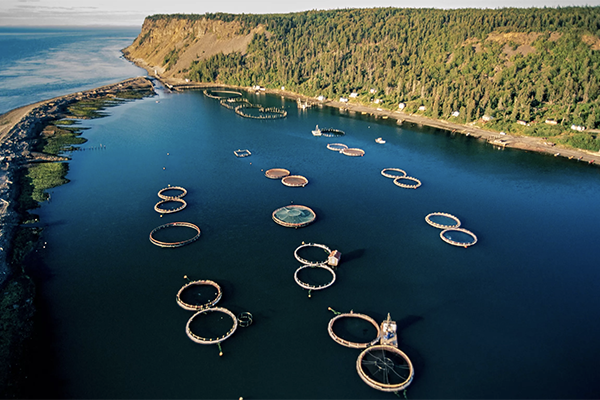
Aquafeeds
Canada approves Veramaris’ algal oil for use in aquafeeds
Veramaris completed a three-year approval process for the inclusion of its algal oil, rich in omega-3 fatty acids, in salmon feeds in Canada.
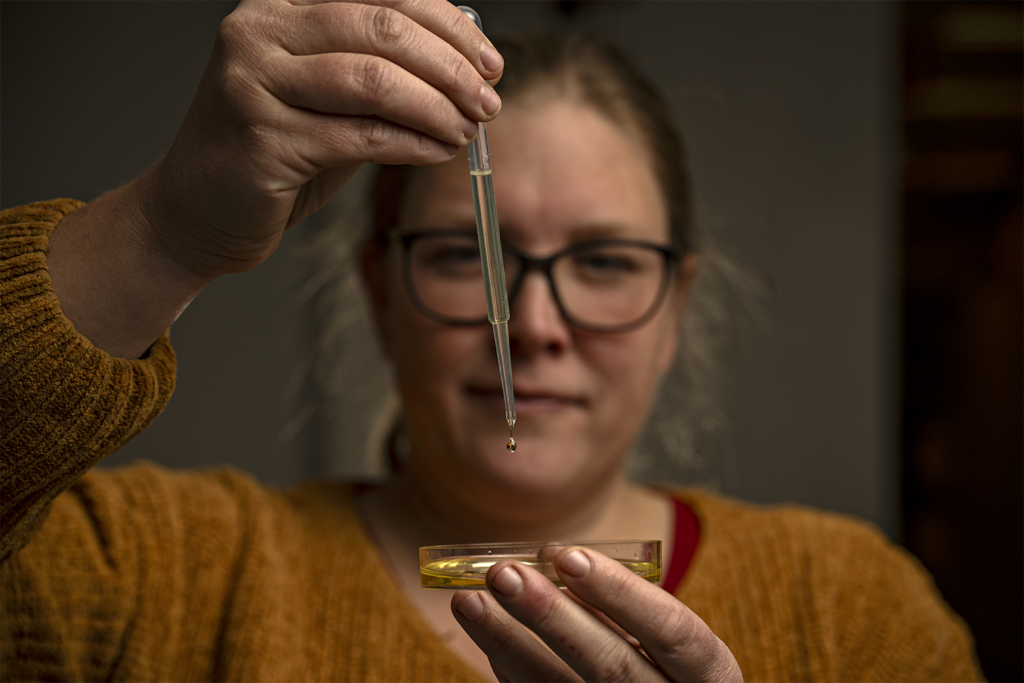
Aquafeeds
Selective breeding represents a fresh hope for microalgae as a feed ingredient
Nofima researchers find that selective breeding yields faster-growing microalgae that produce more omega-3 fatty acids crucial to aquafeeds.
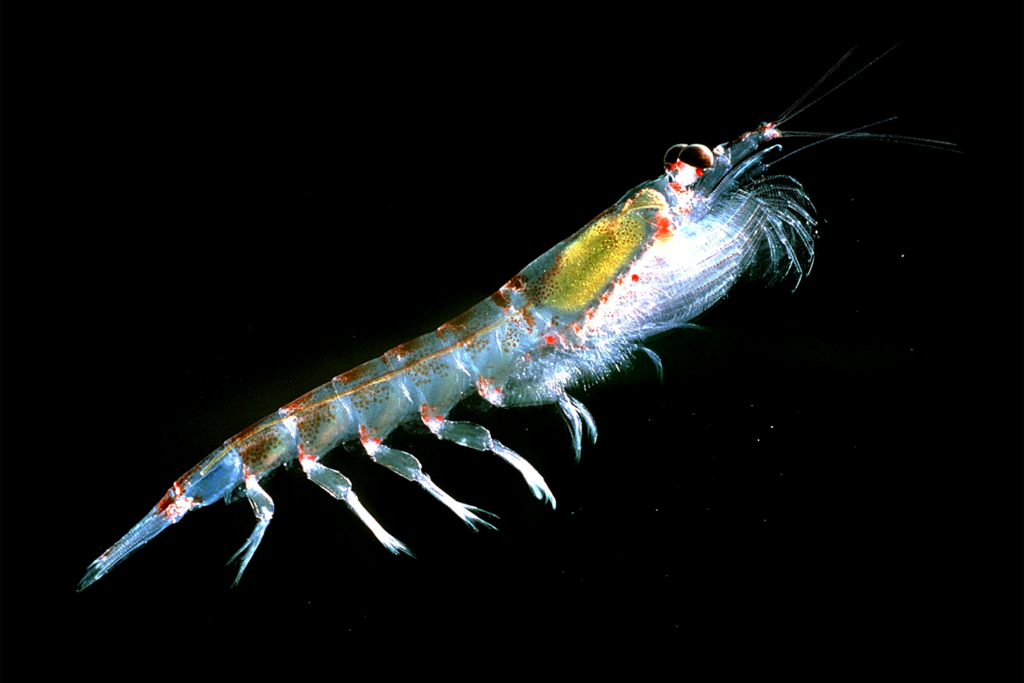
Aquafeeds
What aquafeed ingredients can substitute for krill meal? Research team develops a method to find out
“We now have the methodology to determine if an ingredient can replace krill meal in a plant-based diet,” said Dr. Rick Barrows, author of a recent study.
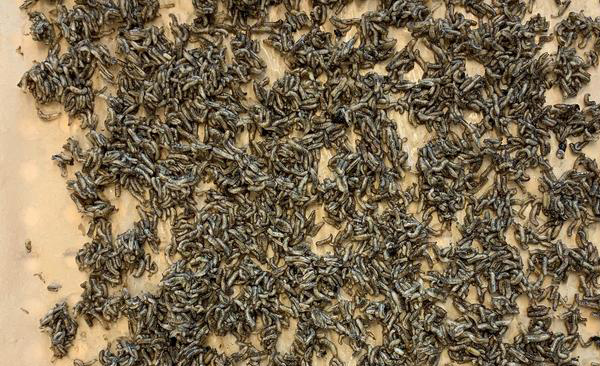
Aquafeeds
Marine yeast and kelp flies replace fishmeal in salmon feed study
Kelp flies and marine yeast grown from seafood byproducts can replace fishmeal in salmon feed, promoting circular food production.



